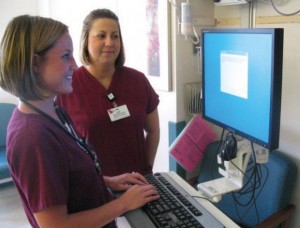Patient care can come in different forms. Because there are specific illnesses/diseases that need special attention, patient care units are installed to cater their medical needs. There are at least 7 major types of patient care outlets for those needing medical help. These are Primary, Specialty, Emergency, Urgent, Long-Term, Hospice and Mental Healthcare.
These patient care facilities have specific functions.
Primary Care
This is a type of facility that focuses on preventing illnesses through regular check-ups and health screening. Primary care outlets treat regular sicknesses such as a common cold or fever.
Specialty Care
Specialty care treats patients that require special skills. Specialty care can be ongoing or preventative. Cardiologists and physical therapists usually work inside specialty care units.
Emergency Care
Professionals under emergency care are usually associated with ambulance services. Emergency care provides medical help to patients with life-threatening diseases, or in need of immediate help.
Urgent Care
An urgent care differs from an emergency care outlet. Urgent care facilities treat illnesses such as cuts, sprains, infections and others that need constant care.
Long-Term Care
These are cares that treat people with disabilities, or to those who can’t perform daily activities due to a chronic illness. Long-term care is a combination of nursing and social care. They are sometimes called assisted living facilities.
Hospice Care
Providing physical, emotional and spiritual care is a primary concern of hospice care. They help ease symptoms of such diseases, not so much on curing them. Hospice care makes way for the patient’s family, too, in coping with the former’s condition.
Mental Healthcare
Mental healthcare treats patients with mental disabilities or those who are undergoing psychological problems and is being treated with medication or psychotherapy. Psychiatrists and counselors can be found inside mental healthcare units.
Patient care units may be a combination of these types, but their main function remains the same. They provide constant care and attention to those who are in need of medical help.

